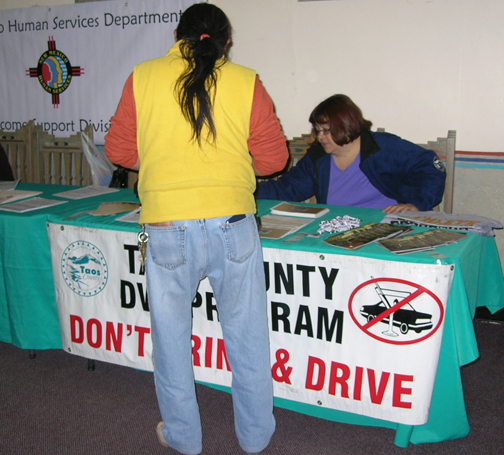This recent story from ABC News focuses on how one community managed to get the most value from its share of opioid settlement money. I thought there were some lessons here for the rest of us.
As billions roll in to fight opioid epidemic, one county shows how recovery can work
I’ve long thought that the models with the best chance of working in most communities are already widely available, backed by evidence as well as practical experience. They’re readily accessible to any community leaders who take the time to seek them out.
In other words, we already know what works best for most communities. No magic bullets are required. There’s a laundry list of effective approaches to choose from, based on what fits your situation best.
Here’s what Ohio’s Findlay County decided on.
- A working Drug Court. Important because it’s an alternative to incarceration for the many, many drug users who can be safely, effectively, and inexpensively treated in the community, provided they have appropriate supervision.
- Education and training programs to provide a new source of skilled professionals, to fill the ever-increasing number of vacancies in the counseling fields.
- Recovery homes to provide a safe, supportive environment for those transitioning from active substance use to stable recovery. It doesn’t happen overnight.
- Community meeting places for recovery-positive activities, including 12 step and other peer support meetings, that have proven essential for many in the quest for long-term recovery.
- Harm reduction activities that fit the unique needs of your community. For instance, an urban area with a large population of chronically addicted IV drug users might well benefit from providing a safe injection center – whereas another jurisdiction, with a different user population, would not.
- Outreach services for persons just released from jail or prison — a high risk transition if there ever was one. Relapse rates followed by return incarceration are ridiculously high in many areas. Why? because there aren’t enough supports for the newly released individual to make the transition.
- Designated ‘navigators’ within the system to help newly recovering people locate and make use of services and supports already available — otherwise, finding the help needed can be an impossible task for the uninitiated.
These approaches fall under the heading of creating a recovery friendly community. It’s already a trend in many areas, and there’s plenty of material for a planner in a community that needs help.
Don’t forget, there was a time when the prescribed response to someone with alcoholism was a three-day stay in the Detox ward of a general hospital, followed by discharge back to wherever it was they were before admission.
I compared that to coming across someone laying in the gutter, picking them up, brushing them off, and pushing them back down again.
We have a lot more knowledge and experience than we did then. Let’s put it to use.













